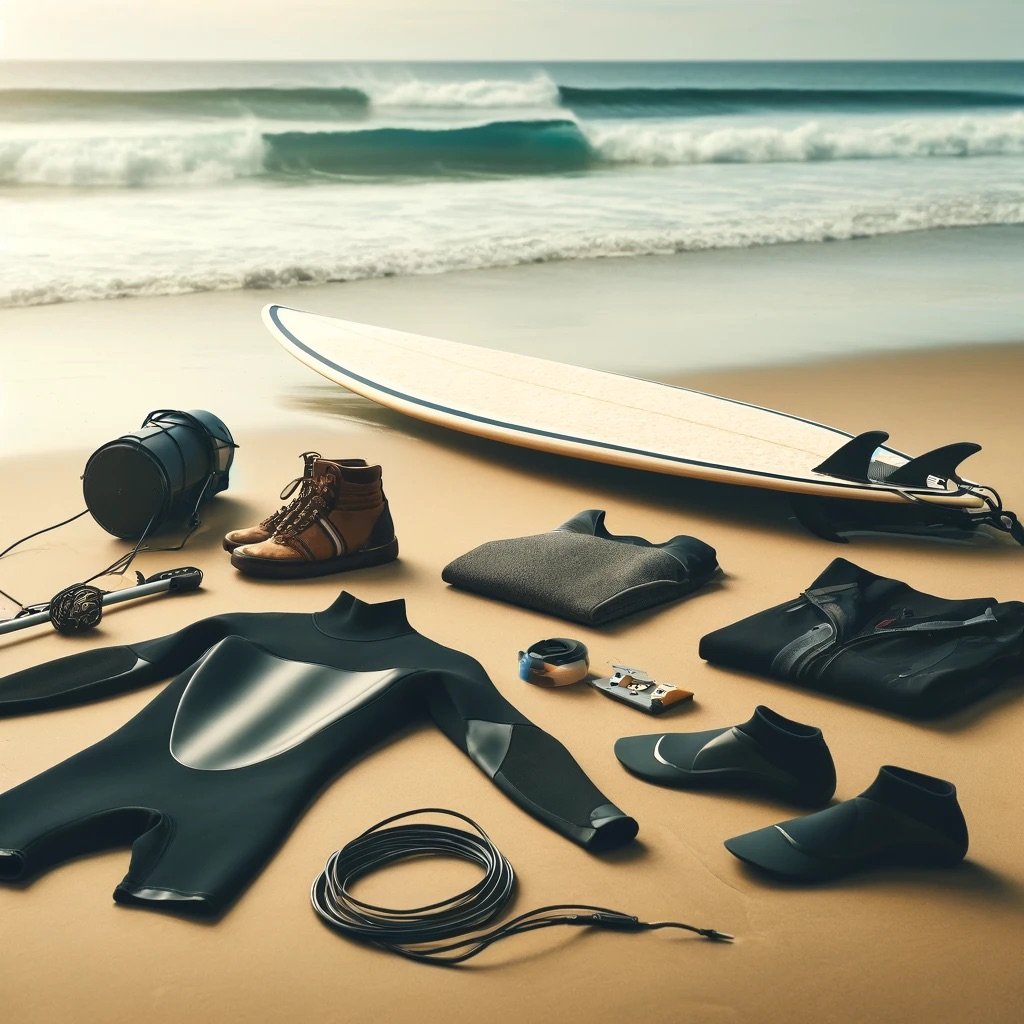Mastering advanced riding techniques enhances your skills and deepens the bond between you and your horse. Here’s a guide to some advanced riding techniques for experienced riders.
1. Dressage Movements
- Collected Trot: The horse moves in a shorter, more elevated trot, displaying elegance and control. The rider maintains a steady rhythm and gentle contact with the reins.
- Half-Pass: The horse moves diagonally while maintaining forward motion. This requires precise leg and rein aids to guide the horse’s body in the correct direction.
2. Jumping Techniques
- Approach: Maintain a balanced, steady approach to the jump. Keep your eyes on the jump and your body centered.
- Takeoff and Landing: Use your legs to give a gentle squeeze before the takeoff. As the horse jumps, stay in a forward seat position, and follow the horse’s movement. Ensure a smooth landing by absorbing the impact with your legs.
3. Canter Transitions
- Upward Transition: From a trot, apply slight leg pressure and give a canter cue with your seat and voice. Ensure the transition is smooth and the horse moves into a collected canter.
- Downward Transition: Gradually decrease leg pressure and gently apply rein pressure to transition from a canter to a trot or walk.
4. Lateral Movements
- Leg Yield: The horse moves sideways while maintaining forward motion. Apply pressure with your inside leg and use your outside rein to guide the horse’s head slightly away from the direction of movement.
- Shoulder-In: The horse moves with its shoulders slightly inside the track, creating a bend in its body. This improves balance and flexibility.
5. Flying Changes
- Cues: To perform a flying change, give a clear cue by shifting your weight and applying pressure with your new inside leg while maintaining contact with the reins.
- Timing: Ensure the change occurs at the right moment in the canter stride to maintain balance and rhythm.
6. Piaffe and Passage
- Piaffe: A highly collected trot in place, requiring the horse to lift its legs in a rhythmic, controlled manner. Use gentle leg and rein aids to encourage the movement.
- Passage: An elevated, collected trot with more forward motion than the piaffe. This requires precise control and coordination between the rider and horse.
7. Rein-Back
- Cues: Apply gentle backward pressure on the reins and use leg aids to encourage the horse to step back. The horse should move backward in a straight line, one step at a time.
- Balance: Maintain a balanced position and ensure the horse remains relaxed and responsive.
Conclusion
Advanced riding techniques require skill, precision, and a deep understanding of your horse’s movements and responses. By practicing dressage movements, jumping techniques, canter transitions, lateral movements, flying changes, and rein-back, experienced riders can enhance their abilities and achieve greater harmony with their horse. Continue to challenge yourself and enjoy the journey of advanced riding. Happy riding!










